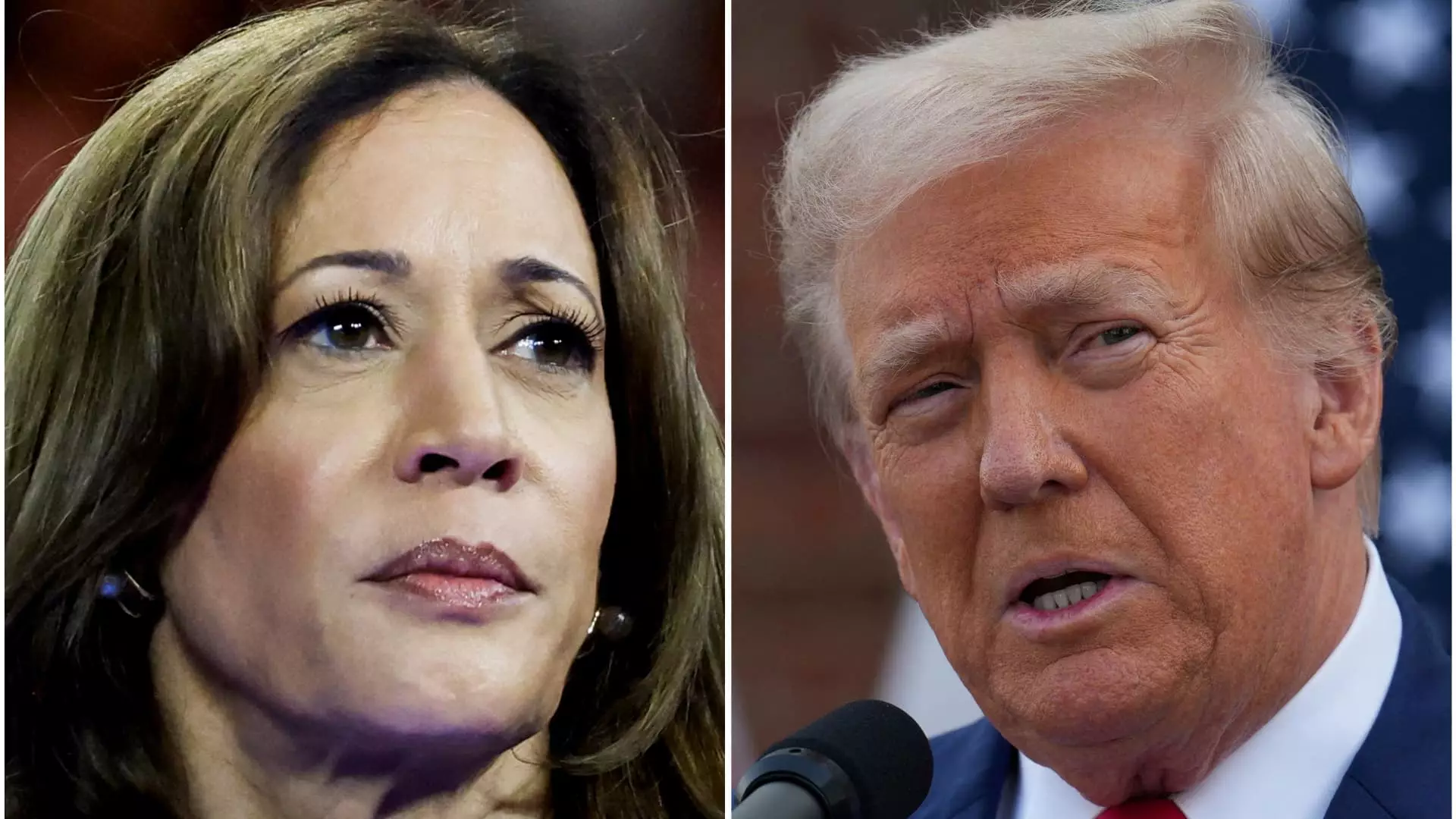As the presidential election approaches, investors are closely watching the proposed changes to capital gains taxes from both parties. Vice President Kamala Harris recently suggested a 28% tax on long-term capital gains for individuals earning over $1 million annually, which is an increase from the current 20% rate. Senator Bernie Sanders expressed a desire to go even higher than that. President Joe Biden’s budget for 2025 calls for a 39.6% tax rate on long-term capital gains for those making over $1 million a year. This proposal also includes raising the net investment income tax (NIIT) from 3.8% to 5%.
Harris’ plan differs from Biden’s proposal, as it increases the capital gains tax rate to 28% and the NIIT to 5%. In contrast, Biden’s plan raises the capital gains tax rate to 39.6% and the NIIT to 5% for individuals with modified adjusted gross income (MAGI) over $400,000. The combination of these rates under Harris’ plan would result in a 33% tax rate for top earners, while Biden’s proposal would lead to a 44.6% tax rate for the same group.
Former President Donald Trump, who generally supports tax cuts, has not provided a specific proposal regarding capital gains taxes. However, Project 2025, a vision created by conservative organizations including The Heritage Foundation, suggests a 15% tax rate for capital gains. The project also advocates for the abolition of the NIIT, although Trump has not directly endorsed these ideas.
Over the years, capital gains tax rates have typically been lower than ordinary income tax rates. Harris’ proposed 33% tax rate for top earners would be the highest since 1978 when the rate was approximately 40%. In comparison, former President Ronald Reagan enacted a 28% top capital gains rate in 1986, which matched the ordinary income rate at that time. Following tax cuts by former President George W. Bush, the top capital gains tax rate dropped to 15% from 2003 to 2012.
Capital gains tax changes can significantly impact investor behavior. Higher tax rates may lead individuals to defer selling assets or strategically realize gains in lower tax brackets. The uncertainty surrounding future tax rates can create challenges for policymakers in estimating revenue projections. Additionally, the average effective tax rates on capital gains have generally been lower than the maximum rates, indicating the complexity of tax planning for investors.
The proposed changes to capital gains taxes by various political figures highlight the importance of tax policy in influencing investment decisions. Investors must carefully consider the potential impact of these proposals on their portfolios and financial strategies moving forward. It remains to be seen how these tax proposals will evolve and ultimately affect the broader financial landscape.

